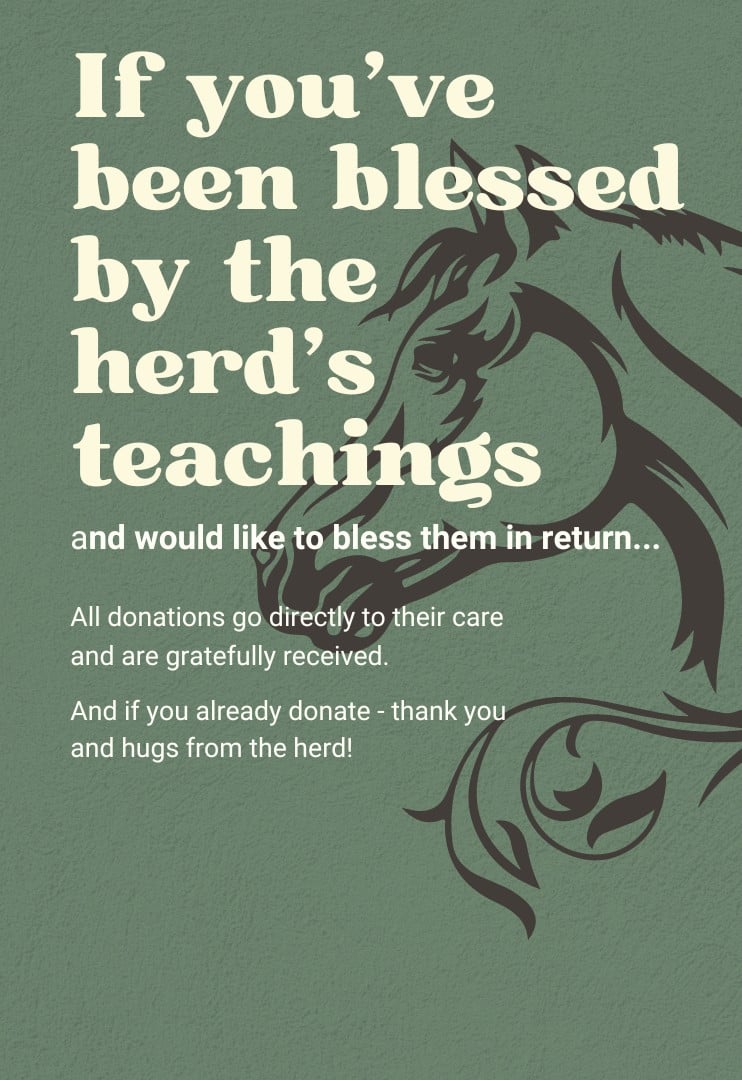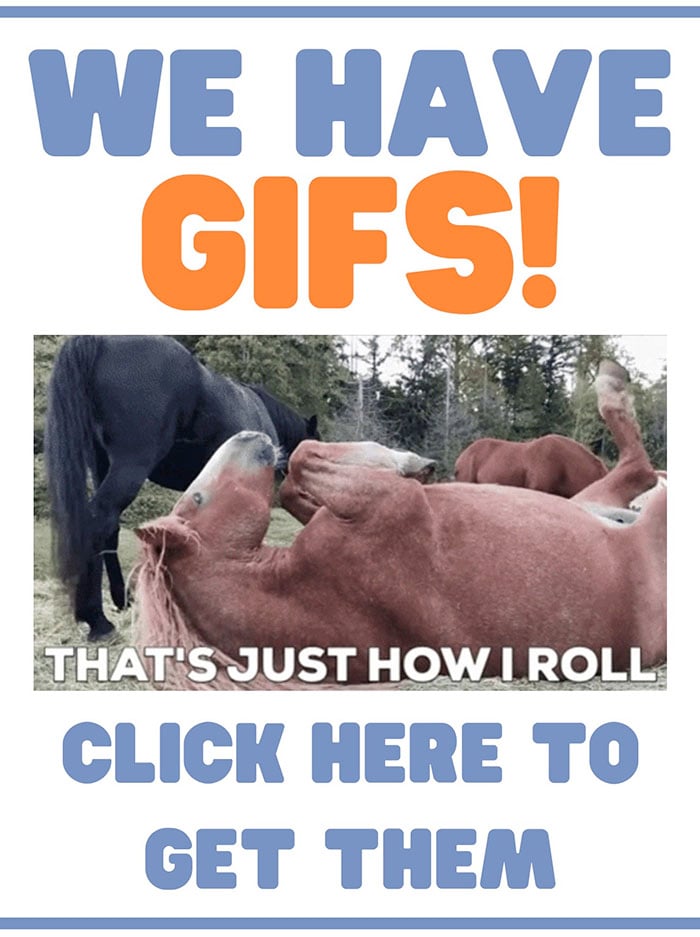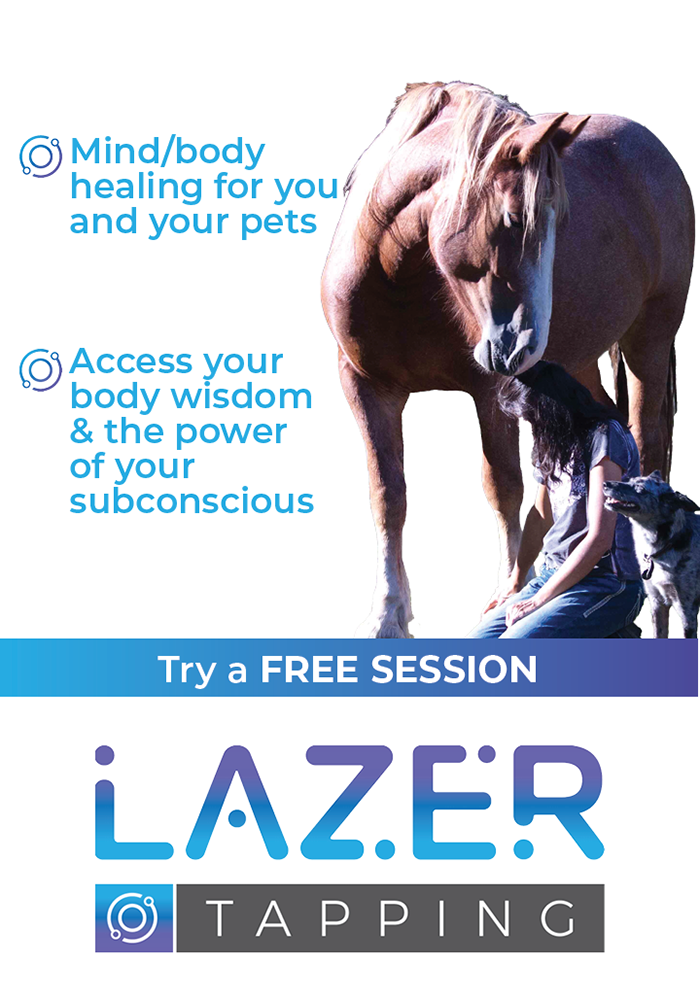
Negative reward, or negative reinforcement, refers to applying adverse stimulus (a waving whip, a touch of the leg or spur, pressure on the rope or rein), gradually increasing it until the animal chooses to move away from it. The return to neutral or non-adverse stimulus is the “reward”.
So, I wonder often, why are horses so different from every other species of animal? What makes negative reinforcement so much more effective with Equus Caballus?
The only answer I’ve been able to puzzle out is that unlike almost every other animal we interact with, horses are normally kept under constant restraint. Attached by their heads to a rope and, invariably, a human or some kind of hardware, even a horse on a halter is lacking a wide variety of choices. His choices are mostly limited to doing what is asked of him, or not doing it and facing some kind of consequence. Even if he is never punished for performing the wrong response to a cue, his choices are severely limited by the rope or pen that contains him in nearly all of his interactions with humans. We can only mete out so much negative reinforcement when the animal has a choice to leave our company; therefore, we must limit choice and freedom of movement in order to train our horses with negative reinforcement.
Think about it. Put your horse in an 80 acre field full of grass, and ask him to perform without the use of a rope or whip or any other tool. Does he still comply to all your wishes?
I don’t clicker-train or treat-train exclusively, nor do I spend much time cognitively and purposefully “training” according to learning theory principles, but I realize I use positive reinforcement constantly and naturally in relationship with my animal friends. I have been learning more about positive reinforcement methods in order to understand theses theories. Even positive reinforcement can be coersive, though, when the animal is not given a choice to leave, express his feelings and opinions, or opt out at any given moment. Freedom of movement and expression (or, simply put, choice) is what ultimately builds trust and willingness between any partners, be they human or animal. This seems like a fairly obvious concept, but I know from experience that sometimes the simplest ideas can escape us when we’re focused on attaining specific results.
Below is a video that explores the basics of this concept, in the context of training exotic animals – which, when we consider that horses are indeed part of the vast and beautiful animal kingdom and therefore likely to respond in kind, is perfectly valid for this continuing conversation on Listen To Your Horse…
A barefoot hoof trimmer, a singer/songwriter, an amateur farmer – these are some of the hats Kesia Nagata wears when she’s not full to bursting with wondrous equine co-creation.







